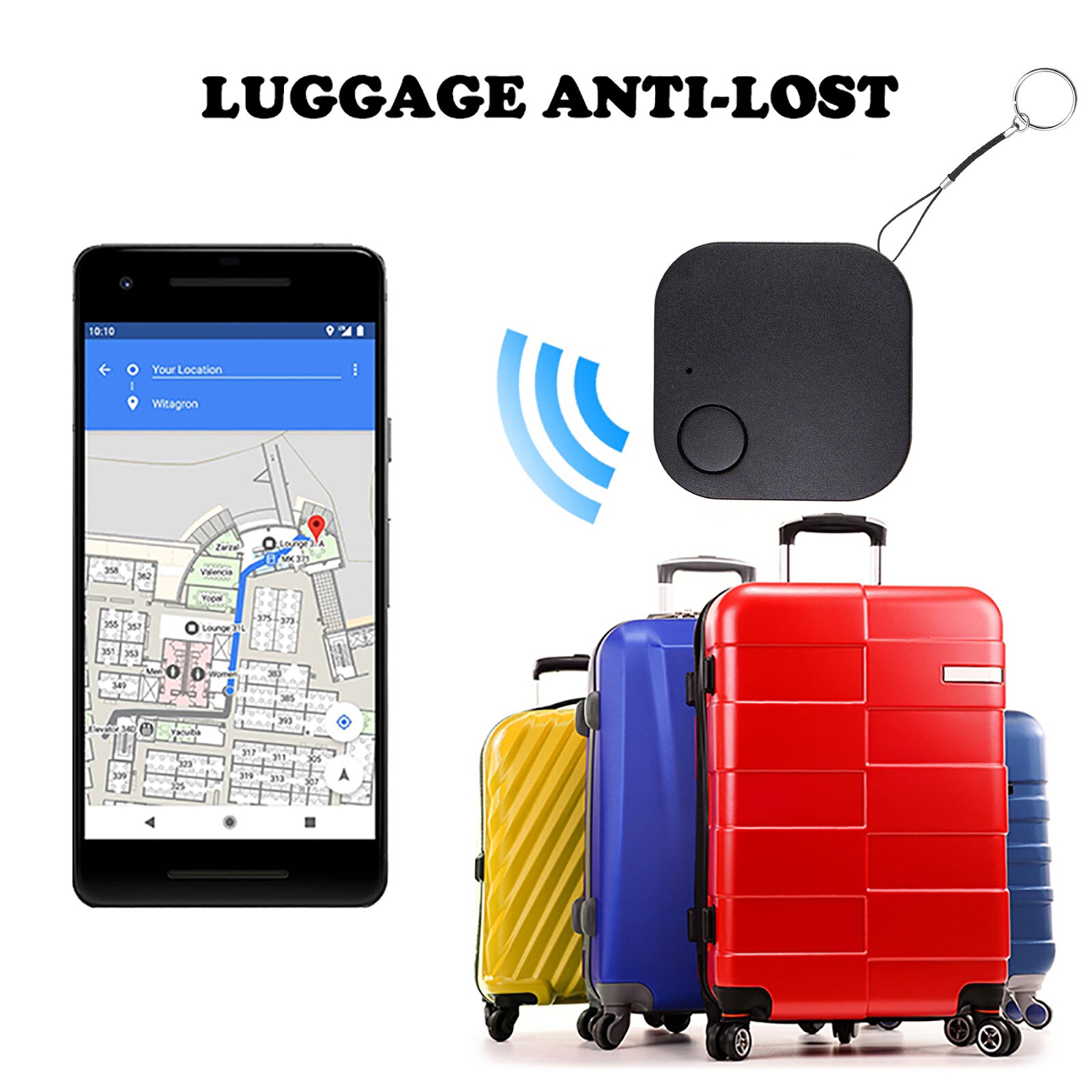 Our Insurance Tracking products for vans – SmarTrack & Trackstar. SmarTrack: These insurance monitoring programs have been examined to the Thatcham S7 commonplace. The system operates using GPS/GLONASS, ItagPro GPRS and GSM know-how. Having an inner battery backup, ItagPro the device can remain operational even when the vehicle’s energy supply is removed. Each gadget also monitors the battery voltage degree and ignition status. Should any alerts be raised, Global Telemetrics will contact you concerning the safety of your automobile. This device is Thatcham S7 and may send locational data via the free Global Telemetrics Android/Apple app.Trailer tracking device offers a location of your trailer but also displays the temperature. Trackstar: With over 30 years of expertise monitoring and defending and recovering autos throughout the UK and Europe you possibly can belief that your vehicle is in protected arms with a Trackstar system. They get well over £20m worth of stolen automobiles within the UK alone every year and ItagPro with our wide selection of merchandise you’re assured to find a tracking system that’s not solely suitable, however is designed along with your automobile and your life-style in mind.
Our Insurance Tracking products for vans – SmarTrack & Trackstar. SmarTrack: These insurance monitoring programs have been examined to the Thatcham S7 commonplace. The system operates using GPS/GLONASS, ItagPro GPRS and GSM know-how. Having an inner battery backup, ItagPro the device can remain operational even when the vehicle’s energy supply is removed. Each gadget also monitors the battery voltage degree and ignition status. Should any alerts be raised, Global Telemetrics will contact you concerning the safety of your automobile. This device is Thatcham S7 and may send locational data via the free Global Telemetrics Android/Apple app.Trailer tracking device offers a location of your trailer but also displays the temperature. Trackstar: With over 30 years of expertise monitoring and defending and recovering autos throughout the UK and Europe you possibly can belief that your vehicle is in protected arms with a Trackstar system. They get well over £20m worth of stolen automobiles within the UK alone every year and ItagPro with our wide selection of merchandise you’re assured to find a tracking system that’s not solely suitable, however is designed along with your automobile and your life-style in mind.
If you happen to remember the virtual reality (VR) hype extravaganza within the early 1990s, you most likely have a really specific concept of what virtual actuality gear contains. Back then, you could possibly see head-mounted shows and power gloves in magazines, on toy shelves and ItagPro even in movies — every part looked futuristic, iTagPro high tech and really bulky. It has been more than a decade because the preliminary media frenzy, and whereas other know-how has superior by leaps and bounds, much of the tools used in virtual reality purposes seems to have stayed the identical. Advances are sometimes the result of other industries, like navy purposes and even leisure. Investors rarely consider the virtual reality discipline to be necessary sufficient to fund tasks unless there are particular purposes for the research related to different industries. What sort of gear does VR rely on? Depending on how loosely you define VR, it’d solely require a computer with a monitor and a keyboard or a mouse.

Most researchers working in VR say that true virtual environments give the user a sense of immersion. Since it’s easy to get distracted and lose your sense of immersion when looking at a primary pc display screen, most VR programs rely on a more elaborate show system. Other fundamental units, like a keyboard, mouse, joystick or controller wand, are often part of VR programs. In this article, we’ll look at the different types of VR gear and their benefits and disadvantages. We’ll begin with head-mounted shows. Most HMDs are mounted in a helmet or a set of goggles. Engineers designed head-mounted displays to ensure that regardless of in what path a consumer would possibly look, a monitor would stay in entrance of his eyes. Most HMDs have a display for each eye, which provides the consumer the sense that the photographs he is taking a look at have depth. The monitors in an HMD are most often Liquid Cystal Displays (LCD), although you might come throughout older fashions that use Cathode Ray Tube (CRT) displays.
LCD screens are extra compact, lightweight, efficient and cheap than CRT displays. The 2 major advantages CRT displays have over LCDs are display screen decision and brightness. Unfortunately, CRT displays are often bulky and ItagPro heavy. Almost every HMD utilizing them is both uncomfortable to wear or requires a suspension mechanism to help offset the weight. Suspension mechanisms restrict a person’s motion, which in flip can impact his sense of immersion. There are various causes engineers not often use these show technologies in HMDs. Most of these applied sciences have restricted resolution and brightness. Several are unable to supply something aside from a monochromatic picture. Some, just like the VRD and plasma display applied sciences, may work very nicely in an HMD but are prohibitively expensive. Many head-mounted displays embody audio system or headphones so that it might probably provide both video and audio output. Almost all sophisticated HMDs are tethered to the VR system’s CPU by one or more cables — wireless methods lack the response time necessary to keep away from lag or latency issues.
HMDs nearly at all times embrace a tracking device in order that the perspective displayed in the monitors adjustments as the person moves his head. Some methods use a special set of glasses or goggles together with other display hardware. In the subsequent section, we’ll have a look at such a system — the CAVE show. Ivan Sutherland, a scientist extensively considered to be the father of digital actuality, described the final word computer show apparatus in 1965. He wrote that it might encompass a room the place a computer managed the existence of matter. The pc would be able to create virtual objects that, to a consumer contained in the room, appeared to be real, solid matter. The writers of “Star Trek: The next Generation” borrowed this idea and known as it the Holodeck. It’s called the CAVE system, which stands for Cave Automatic Virtual Environment. A CAVE is a small room or cubicle where not less than three partitions (and sometimes the flooring and ceiling) act as large monitors.


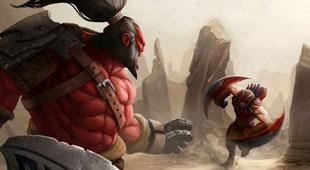




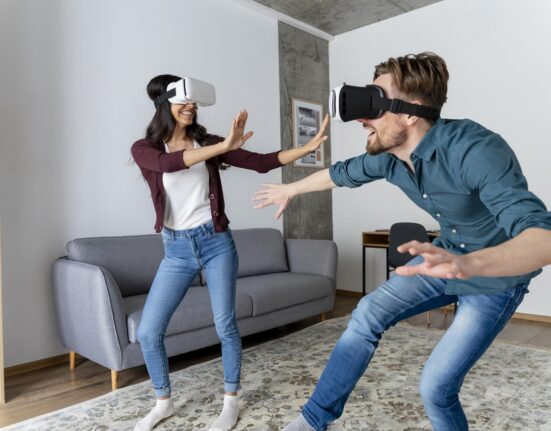
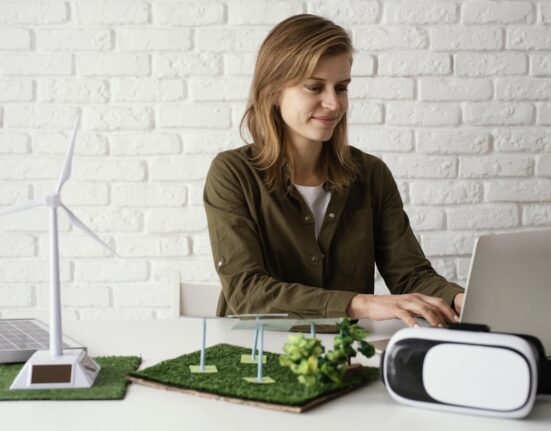

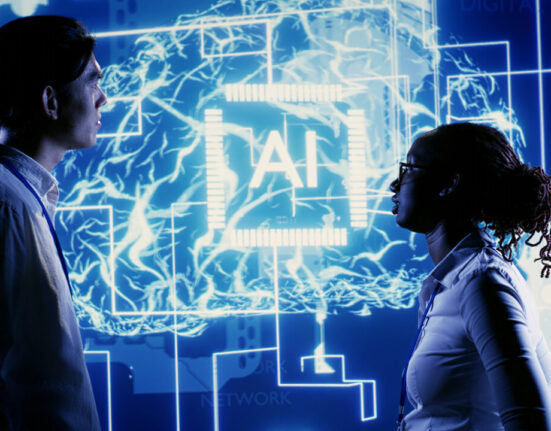
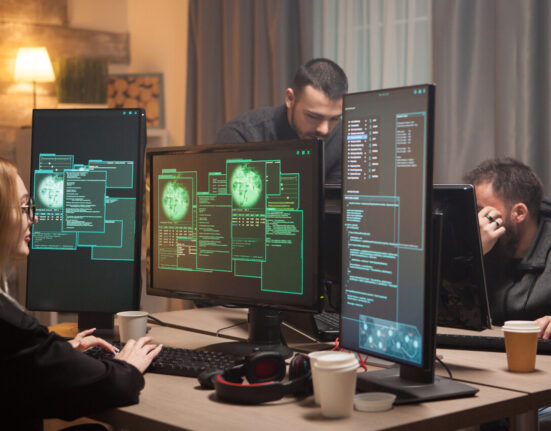

Leave feedback about this